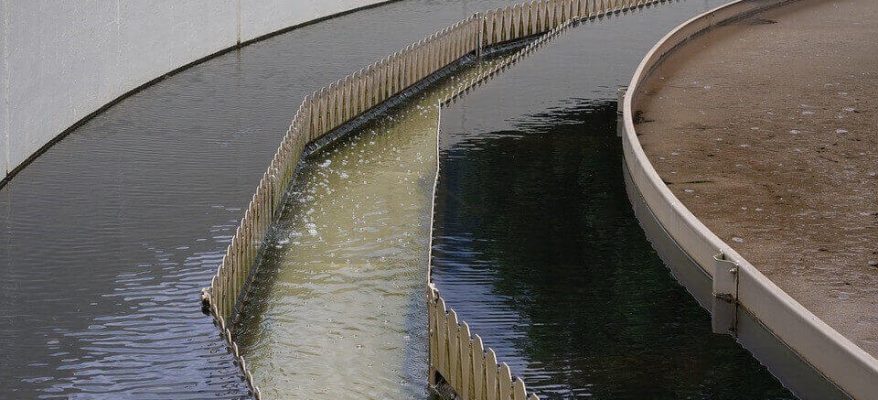Anaerobic Digestion Is the Next Big Renewable Energy Source
Anaerobic digestion has been in practice for the past many centuries. However, the strategy is only picking up pace recently. As the world around us is opting for more economically viable energy sources, anaerobic digestion has also emerged as a winning idea. You’d be surprised to know that municipalities and wastewater facilities around the world are refining and improvising this form of technology to make their processes more practical.
The process
Anaerobic digestion is also fairly easy. This is due to the fact that it’s a very natural process of turning waste material into fuel gas. When you close waste-laden loops and are able to recover any energy from your waste, you also play your role in addressing climate change.
There is no rocket science associated with the technology. You start by enclosing the organic waste mixture in an oxygen-free container. This mixture may also include both kitchen waste and human/animal waste that comes from food processing factories and farms.
The container also contains natural anaerobic bacteria. The process involves a number of steps. When the process comes to an end, it releases methane, water, carbon dioxide, and digestate as by-products. Digestate is a dark-colored organic material. The resulting methane is later refined to be able to use for fuel-burning purposes.
All of the end products of this process are renewable. In short, the plants absorbed the carbon from the atmosphere. Later on, the process releases it back into the air. The carbon becomes food, then waste, and later gas.
Who benefits from the process?
The concept of anaerobic digestion first emerged from the wastewater industry. However, it took some time for the municipalities to realize that the wastewater emerging from households and farms could be treated the same way as the one coming from food processing facilities. Companies are now adopting this technology to enhance their energy production capacity.
The U.S. Department of Energy is also working toward optimizing the supply chain involved in the process. The aim is to fine-tune the chemical process that converts the waste into energy. They’re consistently trying to cut down the process short and speed up the transition of methane into fuel and gasoline.
Larsen Engineers is offering premium quality wastewater management and engineering services for firms in New York. We help businesses incorporate sustainable design concepts into their waste management projects. Learn more about our LEED-certified municipal engineering solutions on the website.

